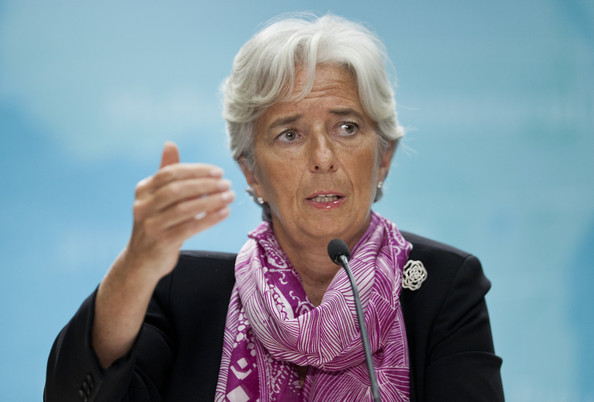
By Gustavo Silva-Chávez
The final pre-COP21 negotiations in Bonn are scheduled to wrap up this evening.
The co-chairs have been busy inserting changes to the draft text and have presented it to countries, many of whom welcomed it and said it was party-driven and can serve as the basis of negotiations in Paris.
This week’s negotiations have brought progress on some fronts: as reported earlier this week, REDD+ – which previously had been omitted from the draft agreement text – is now again included in several places including the preamble, mitigation and finance sections.
However, those changes have eroded previous efforts to shorten the text, which has grown from a pre-session length of 34 pages to a cumbersome 55 pages. A longer draft agreement does not just mean more text; it also means that the text includes more, often vastly differing, options for the various decision points that negotiators need to decide on in Paris.
This broad spectrum of yet-to-be-determined choices adds yet more uncertainty to what are perhaps the most complex climate negotiations in history.
The hope has been that the session in Bonn ends with a more streamlined, cleaner text to facilitate a smooth negotiations process in Paris.
The current text means that negotiators in Paris will still have a lot of work on their plates. After the meeting in Bonn, negotiators will have one more chance — at the two-day high-level pre-COP meeting from November 8 to 10 — to express their views and see if they can come up with common positions before the final COP21 session in Paris in early December.
Challenges
There had been rumblings that talks in Bonn might present some challenges. After the first draft of the negotiating text was released on October 6, delegations from developing countries objected that it lacked balance and was stacking the deck in favor of developed countries.
Specifically, they were concerned that the text did not address key issues such as finance and loss and damage resulting from climate change. Meanwhile, the co-chair of the G77 discussions has been heavily criticized in Bonn for not adequately representing the perspectives of developing countries.
Goodbye INDCs – Hello NDMCs
One significant outcome of this week’s session is that a concept central to the negotiations, the INDC (Intended Nationally Determined Contribution), has been renamed. With the negotiations coming closer to an end, INDCs have now become NDMCs, Nationally Determined Mitigation Contributions/Commitments/Components.
Which “C-word” applies varies from country to country: for developed nations the “C” is considered to signify something binding (Commitment); for developing countries it is meant to be less mandatory (Component). However, chances are that different country blocs will be pushing back on such differentiation in order to not fall back unto a mindset that defines responsibilities differently according to a country’s development status, based on their development status in the 1990s.
Behind Closed Doors
Unlike in previous climate meetings, much of the negotiation in Bonn hasn’t taken place in the open with the full participation of civil society.
While the plenary session on the first day was still open to everybody, the following contact group meetings took place behind closed doors. For some of these smaller negotiation sessions (REDD+ negotiations have been open to observers 90% of the time) this is highly unusual and was disappointing news for the many NGO observers on the ground in Bonn.
First published on the Forest Trends blog, Ecosystem Marketplace at http://www.ecosystemmarketplace.com











